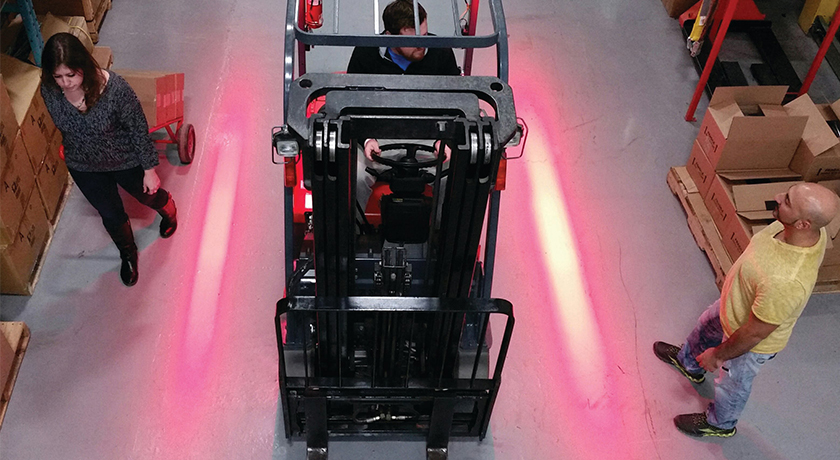
Image Source: Google
Emergency situations can happen at any time and being prepared is crucial for ensuring the safety of everyone involved. One essential tool that can make a significant difference in emergency scenarios is a safety strobe light. This article will explore the importance of safety strobe lights and how they can save lives in times of crisis.
The Role of Safety Strobe Lights in Emergency Situations
Visibility in Low-Light Conditions
- Safety strobe lights are designed to emit bright, flashing light that is highly visible even in low-light conditions.
- In emergencies such as car accidents or natural disasters where visibility is limited, safety strobe lights can help rescuers locate individuals who need assistance.
- The bright flashing of the strobe light can attract attention and signal for help, increasing the chances of a swift rescue.
Warning Signal for Other Vehicles
- When vehicles break down on the road or are involved in accidents, they are at risk of being hit by passing vehicles.
- A safety strobe light can serve as a warning signal to other drivers, alerting them to the presence of a stationary or slow-moving vehicle.
- This can help prevent further accidents and ensure the safety of everyone on the road.
Types of Safety Strobe Lights
Portable Strobe Lights
- Portable safety strobe lights are compact and battery-operated, making them easy to carry and use in various emergency situations.
- They are often used by hikers, cyclists, and emergency responders to increase visibility and safety.
- Portable strobe lights are lightweight and can be attached to clothing or equipment for hands-free operation.
Vehicle-Mounted Strobe Lights
- Many emergency vehicles such as ambulances, fire trucks, and police cars are equipped with vehicle-mounted strobe lights.
- These lights are powerful and can be seen from a distance, alerting other drivers to the presence of the emergency vehicle.
- Vehicle-mounted strobe lights come in different colors such as red, blue, and white, each serving a specific purpose in emergency situations.
Benefits of Using Safety Strobe Lights
Improved Safety for Emergency Responders
- Emergency responders often work in hazardous conditions where visibility is poor and the risk of accidents is high.
- Safety strobe lights enhance the visibility of responders, making it easier for them to navigate through dangerous situations and perform their duties effectively.
- By using strobe lights, responders can reduce the risk of accidents and injuries, ensuring their safety while on duty.
Enhanced Visibility for Search and Rescue Operations
- During search and rescue operations, time is of the essence, and every second counts.
- Safety strobe lights can help search teams locate missing individuals in remote or dark areas by providing a beacon of light that stands out against the surroundings.
- The flashing light of the strobe can guide rescuers to the location of the person in need, expediting the rescue process and increasing the chances of a successful outcome.
Conclusion
Safety strobe lights play a vital role in emergency situations by providing visibility, signaling for help, and ensuring the safety of individuals involved. Whether used in personal emergencies or by professional responders, strobe lights can make a difference in saving lives and preventing further harm. Investing in a quality safety strobe light could be a lifesaving decision when faced with unexpected crises.
:max_bytes(150000):strip_icc()/SixFlags_JusticeLeagueMetropolis3-58ecf9cc3df78c5162ca7343.jpg)